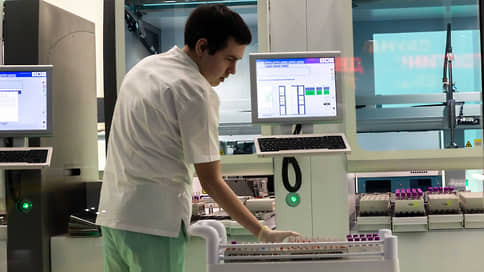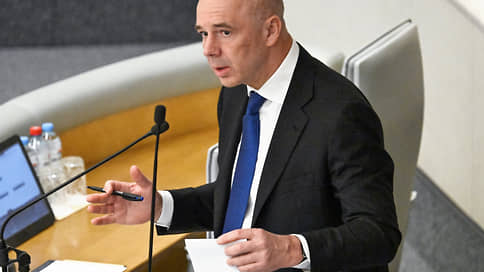Near warned about the threat of fungal infections

Humanity risks remaining without protection from fungal infections – these are the conclusions of two fresh reports of the World Health Organization (WHO). Experts argue that the existing means of diagnosis and antimycotic drugs are not critical, and the development of new ones go more slowly than we would like. Russian doctors confirmed Kommersant the relevance of the problem for our country.
The first report WHO is dedicated to an acute shortage of antifungal drugs, In the second It is said about the absence of diagnostic tools. In reports It is noted that fungal diseases – mycoses – are becoming an increasingly significant problem of public health. A number of common infections, in particular fungi of the genus Candida, gradually acquire resistance to drugs. Such infections “incommensurably more often” affect seriously ill patients and people whose immune system is weakened due to chemotherapy, HIV or organs transplantation. As a result, mortality in damage to fungal infections from a “critical priority group” – cryptococci, aspergill and candida – reaches 88%.
The antifungal agents used now can cause strong adverse reactions, the WHO experts emphasize, in addition, they are represented in a limited number of dosage forms and require prolonged hospitalization of the patient. At the same time, over the past decade, the supervisory authorities of the United States, the EU and China registered only four new drugs against mycoses, and has a WHO. At the clinical testing stage, there are nine drugs for the treatment of the most dangerous fungal infections, and only three of them have reached the last stage of research. It is also necessary to develop accurate, cheap and easy to use tests that allow you to quickly identify a wide range of priority pathogens.
Therefore, WHO experts recommend increasing investments in expanding the global epidemic for fungal infections and creating additional financial incentives to search and develop new drugs.
Director of the Research Institute of Medical Mycology named after P. N. Kashkin Natalya Vasilieva confirmed “Kommersant” that mycoses in the 21st century became a global health problem. Over the past 20 years, the number of pathogens of mycosis has doubled to more than 750 species, and the number of deaths as a result of infection with fungal infections increased 2.5 times and reaches 3.8 million cases annually. According to Mrs. Vasilieva, this problem has acquired particular relevance during the pandemic of coronavirus, when a sharp increase in cases of invasive candidiasis, aspergillosis and muscosis was noted. Climate change, migration activity and growth of pathogens to antifungal agents are seriously affected by the situation.
“Unfortunately, there are few antimycotics – antifungal drugs – only four classes. There are much more mushrooms resistant to them, ”says Andrey Pozdnyakov, the Invitro infectious disease specialist.“ Mushrooms are very stable in the external environment, respectively, they also gain stability for antimicotics. Therefore, the WHO report is very relevant. ” According to him, in Russia, from fungal infections, the greatest danger is primarily posed by the moisture (they are found in patients with acute myeloblastic leukemia who have undergone bone marrow transplantation), aspergillas (most often affect the upper and lower respiratory tract, skin, internal organs), coccation (single -cell flow that may parasitize in the organs in organs in organs in organs. The gastrointestinal tract) and moramicosis (can affect both integumentary tissues and internal organs). There is no effective therapy against them today, the expert explains.
“In response to the threat of fungal infections”, a reference center of the Ministry of Health of Russia was created on the basis of the Research Institute of Medical Mycology of the SZGMU, Natalya Vasilieva told Kommersant. There is regular monitoring of the sensitivity of mushrooms to antimycotic. Information about resistant strains is transmitted to the Russian collection of pathogenic mushrooms of the Research Institute of Medical Micology named after P.N. Kashkin (there are already over 3 thousand strains in it). In the future, it is used to develop diagnostic test systems and new drugs. New substances that are active in relation to pathogenic mushrooms are now at the stage of preclinical trials, the expert says. “In 2022, preparations began in the new specialty » Medical Microbiology « . It combines bacteriology, virology, mycology, parasitology in the light of modern knowledge and new technologies, which will significantly increase the effectiveness of diagnosis, including invasive mycoses, ”concluded Mrs. Vasilieva.







